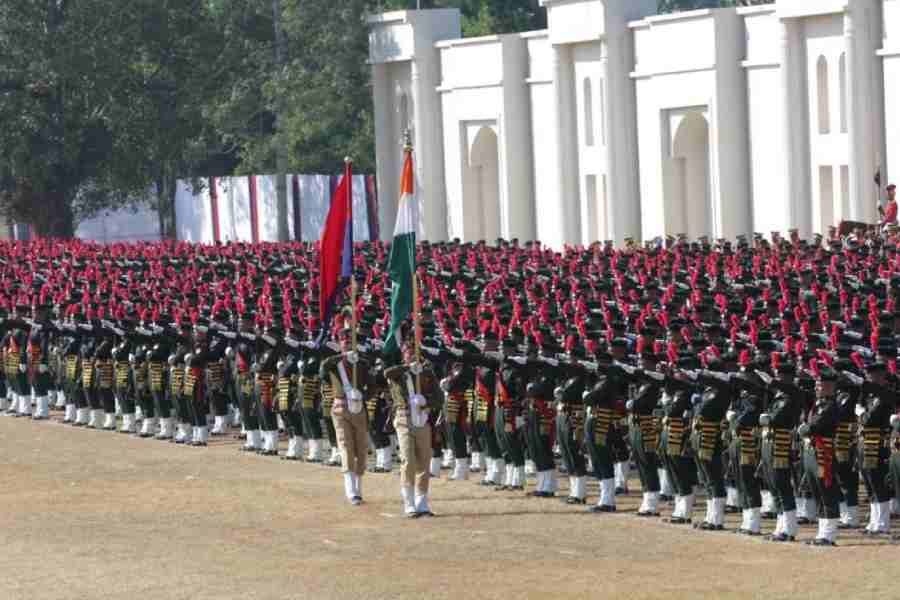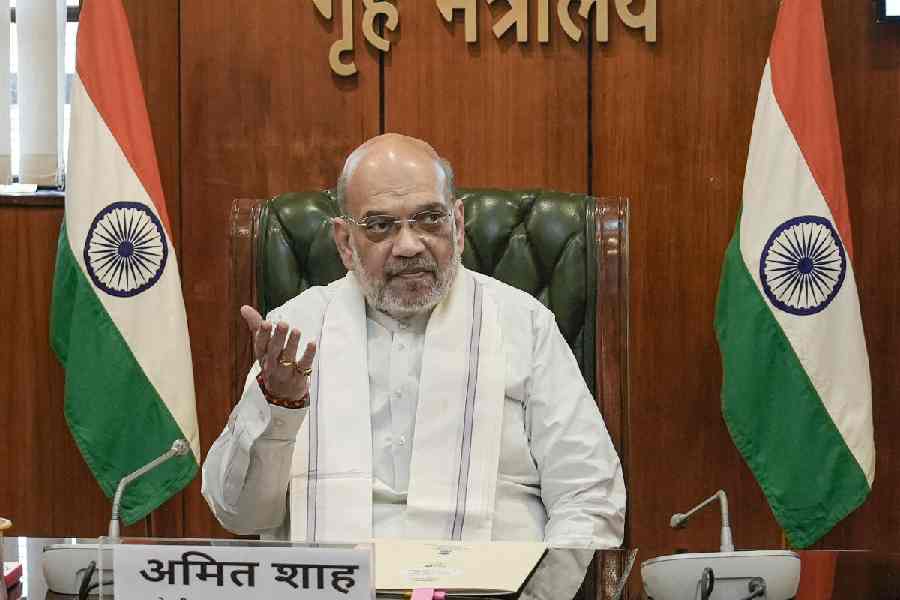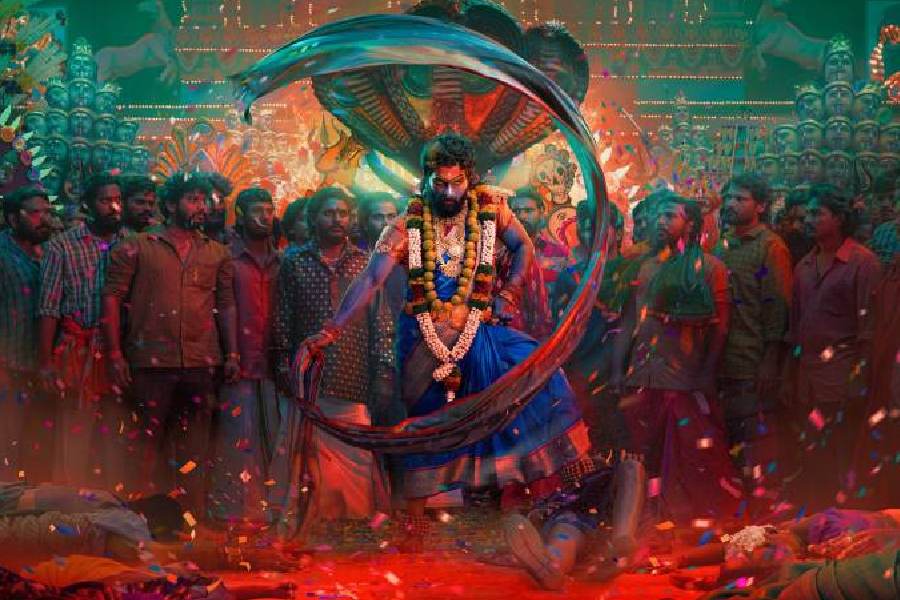|
|
The recent public debates over State and civil society have led many to ask what civil society is, and some to wonder whether we need such a thing. I am going to begin by asking the opposite question: do we need a State? Stateless societies have been imagined by anarchists, utopians and ideologues of many kinds. Their speculations have influenced the ideas of many people, including Mahatma Gandhi. But stateless societies have also been a part of real historical experience, and they have been observed, described and analysed by social anthropologists for several decades. How do such societies look in the cold and clear light of social analysis?
The operation of stateless societies was brought to the attention of the scholarly world by a group of anthropologists engaged in field studies in Africa. The first full-length study of such a society was a monograph on the Nuer of east Africa by E.E. Evans-Pritchard. The monograph on the Nuer was accompanied by a collection of eight studies of different political systems in sub-Saharan Africa.
The students of African political systems classified the societies they studied into two types, tribal states and stateless societies. Stateless societies were those that had no centralized authority, no administrative machinery and no courts of justice. They were without any kind of pyramidal structure of power. There were no chiefs or councils with the authority to issue commands that would be binding on all. They were described as existing in a condition of ‘ordered anarchy’.
The detailed study of the day-to-day affairs of stateless societies served to dispel the idea that the State was the sole and indispensable guarantor of social order, and that without it everything would dissolve into chaos. But the same field studies also put paid to the idea that the absence of the State ensured a life of perpetual tranquillity, with no conflicts, no enmities and no violence. The Nuer, who are the classic example of a stateless society, loved to fight, and they fought hard. What did they fight about? They fought about cattle, about women, and, above all, about honour, much like peasants and herders in many parts of India.
Much of the social and political life of the Nuer revolved around the feud. The feud was a force for division, but it was also a powerful force for union. Feuds were generally settled in course of time. Sometimes a lesser feud had to be settled so that the contestants could unite for a greater one. This is what has been called ‘the peace in the feud’. The peace in the feud is maintained without intervention by any kind of centralized authority. No feud continues for ever without any interruption; nor does any peace. Even when a feud is settled and peace restored, the enmities between families and between lineages are never fully forgotten and may sometimes be transmitted from generation to generation. This is not very different from what prevailed among peasants in India in communities that had been described from Munro to Maine as ‘little republics’.
Feuds have to be settled and peace restored for the ordinary business of life to continue. The ordinary business of life consists of sowing, harvesting and herding. It also consists of birth, marriage and death, and the rites and ceremonies attendant on them. None of these activities can be undertaken by the individual alone. They all require the participation of others, including those who are on opposite sides in a feud. Perhaps the Nuer were unusually combative. But the record shows that they were also unusually warm and generous.
Now that we have come to understand how stateless societies actually operate, we have little reason to be either repulsed by or enamoured of them. Such societies operate according to their own principles of cooperation and conflict. Many stateless societies existed on the peripheries of States well into the 20th century. Even when such a society came within the perimeter of a State, it did not abandon all the old mechanisms for the regulation of life or adopt all the new ones offered by the State.
Gradually the State extended its reach and brought increasing numbers of stateless societies within its ambit. It will be a mistake to believe that the State always imposed itself on stateless societies through the use of force. Force was no doubt used, and sometimes used recklessly and wantonly, but that was not the whole story. The State brought with it facilities as well as restraints, and often the facilities appeared irresistible, despite the restraints.
The State and its institutions made possible the organization of life on a scale that could never be attained in stateless societies. I am speaking now of the specifically social, and not merely the economic, benefits of such organization. I am not saying that the State is the best agency for organizing schools, universities, banks, hospitals and laboratories, but only that without the legal and institutional framework provided and guaranteed by the State, the activities regularly undertaken by such agencies would be impossible. They would be impossible in stateless societies and difficult in societies where the State is under attack from every side.
The extent to which the State is dispensable calls for our attention now in view of the contention between the State and civil society that has become a part of our public discourse. In this discourse, the State is represented increasingly as the oppressor and civil society as the redeemer.
The term ‘civil society’ does not have a clear or single meaning. It has come to stand not so much for a set of institutions with clear contours as for social movements of various kinds. Because the State, its agencies and its functionaries are easy to identify, they become easy targets of attack. It is much more difficult to turn such a vague and indefinite entity as civil society into a clear target of attack. The educated middle class has persuaded itself that members of parliament are corrupt, officials of the government are corrupt, and politicians of all parties are corrupt. Since they have no clear knowledge of the antecedents and ambitions of those who speak in the name of civil society, they are willing to give them the benefit of doubt.
Gandhi is acknowledged as the architect of India’s independence, and Ambedkar as the architect of its republican Constitution. No two leaders of a single country could have differed more on the valuations they placed on the State and on society. Gandhi viewed the State with mistrust and placed his hopes on the regenerative powers inherent in society. Ambedkar, on the other hand, was mistrustful of Indian society as he had experienced it, and placed his hopes on the constitutional State for the regeneration of the nation. It is hard to tell how he would have judged the disorder set in motion today by popular movements in the name of civil society. Indians have learnt to pay lip service to Ambedkar as the leader of the Dalits. But he was much more than that. He was above all the architect of the constitutional order which cannot be safeguarded if the State is kept under constant attack by every section of an expanding and discontented middle class.
The author is Professor Emeritus of Sociology, Delhi School of Economics, and National Research Professor












